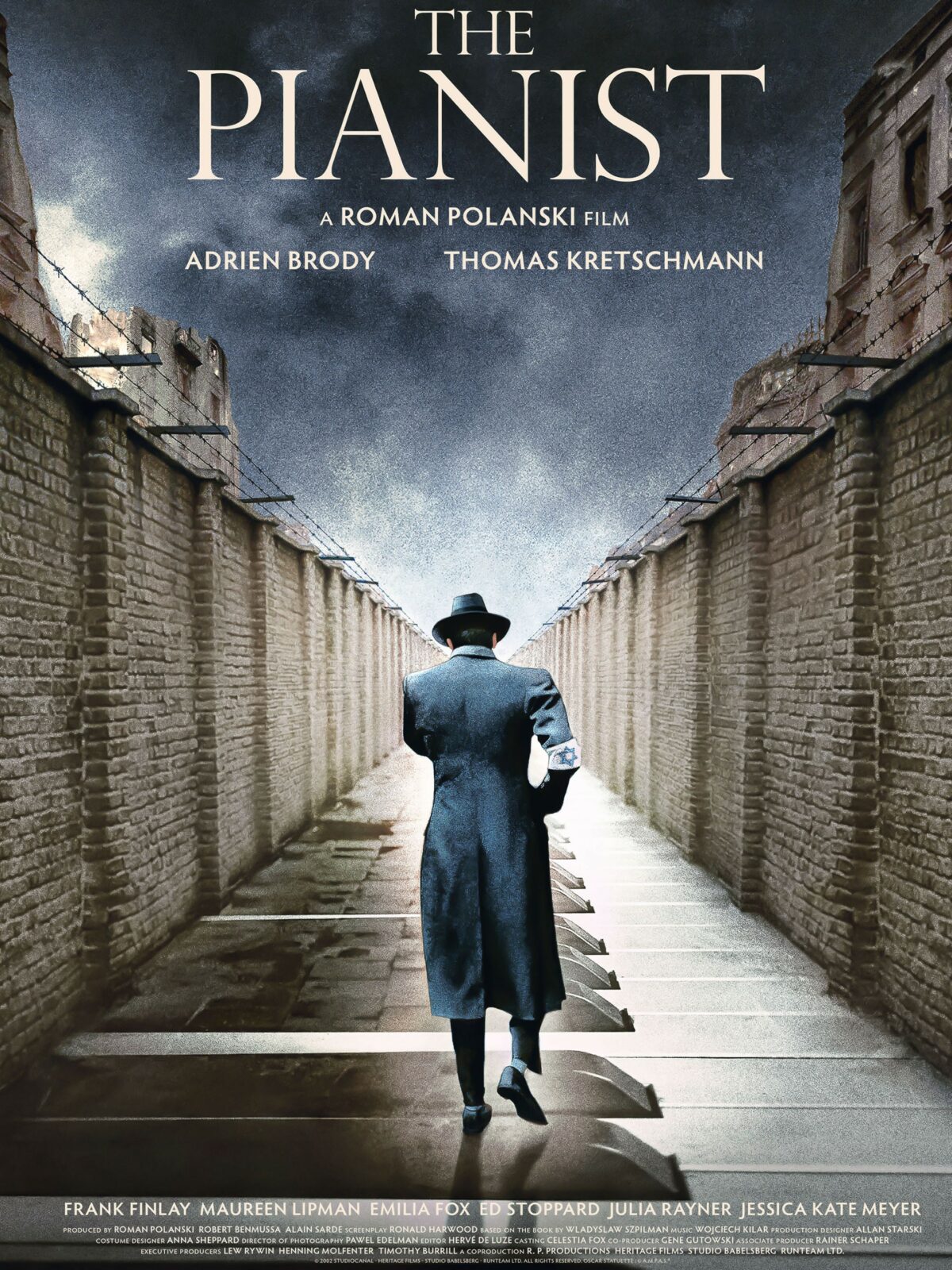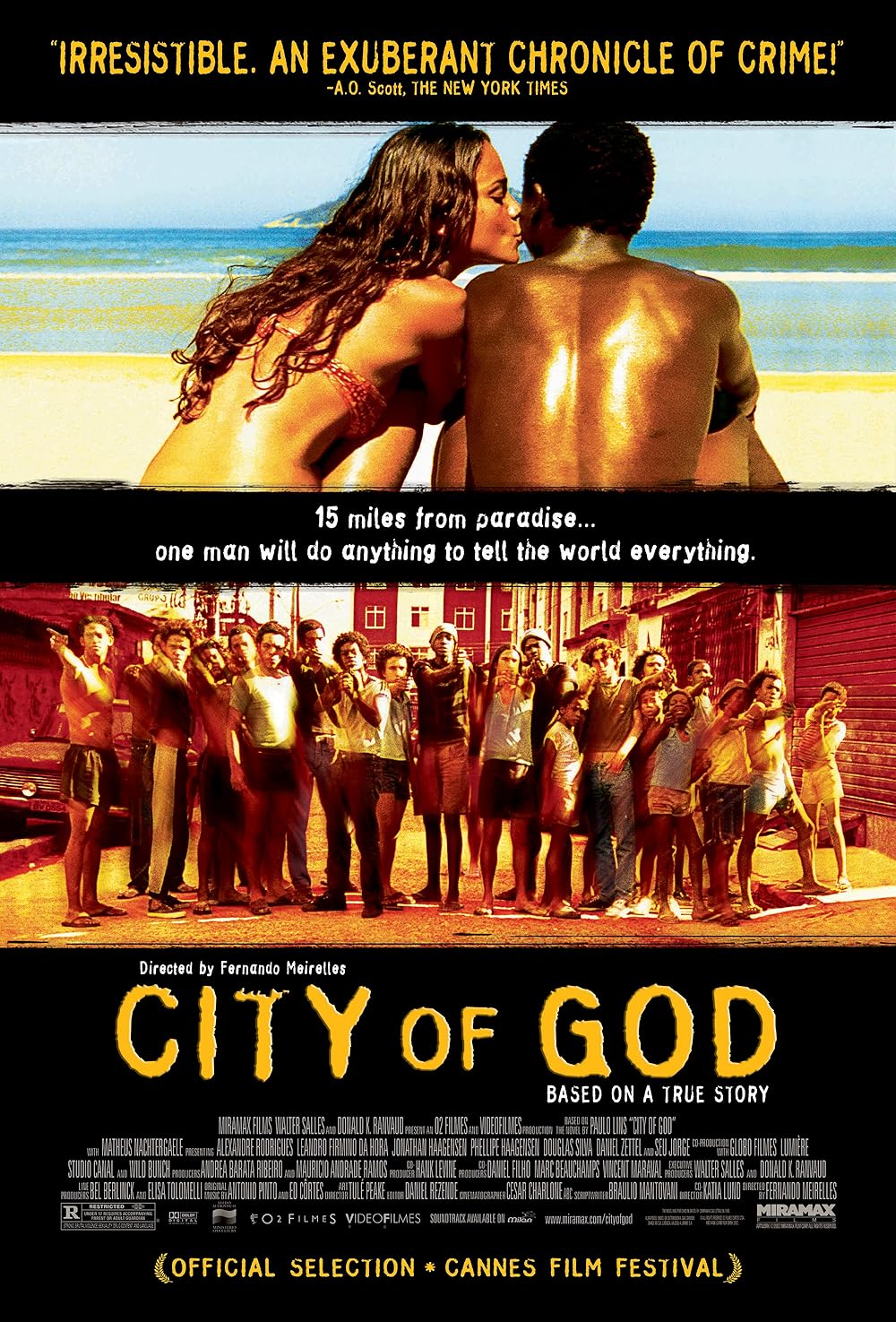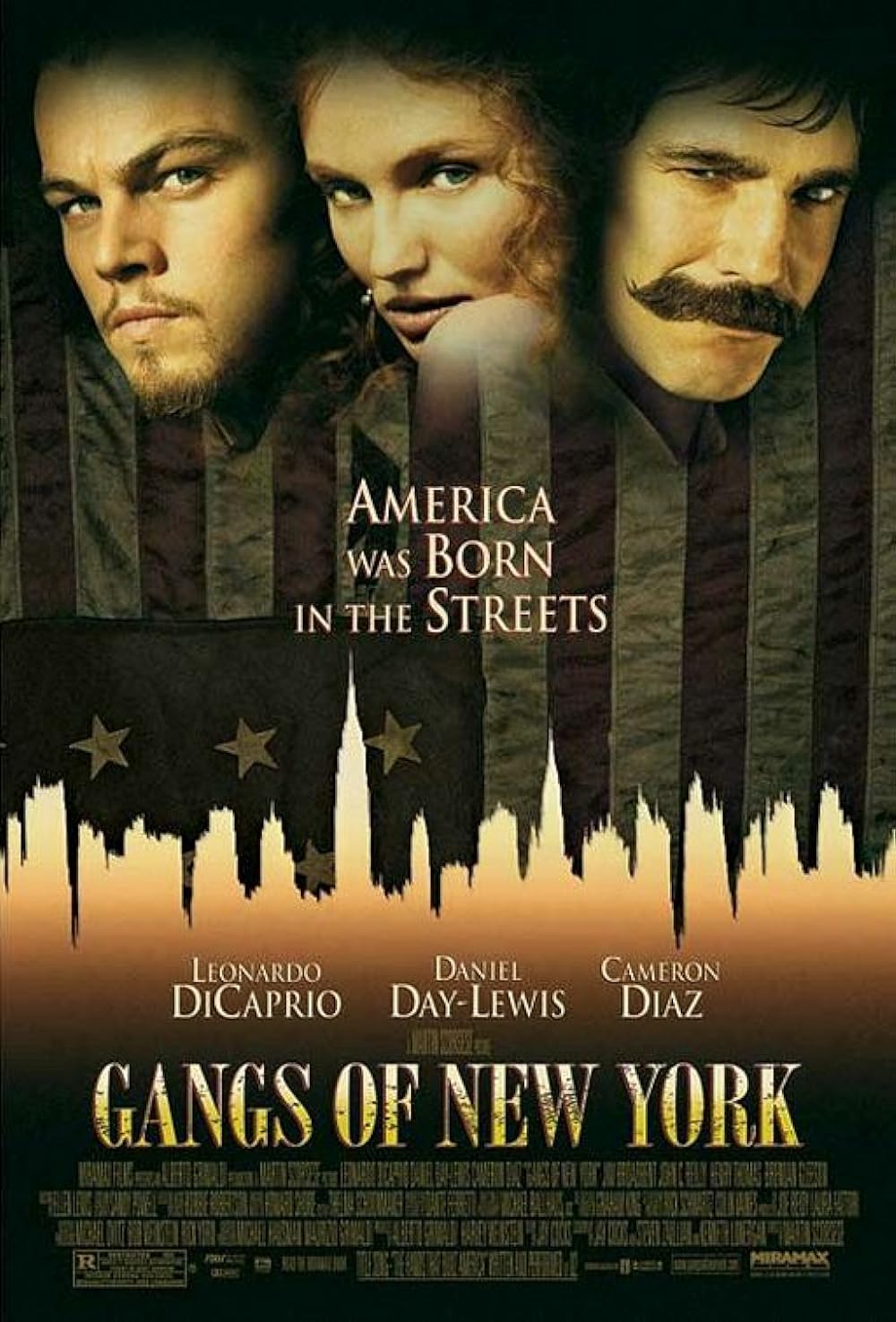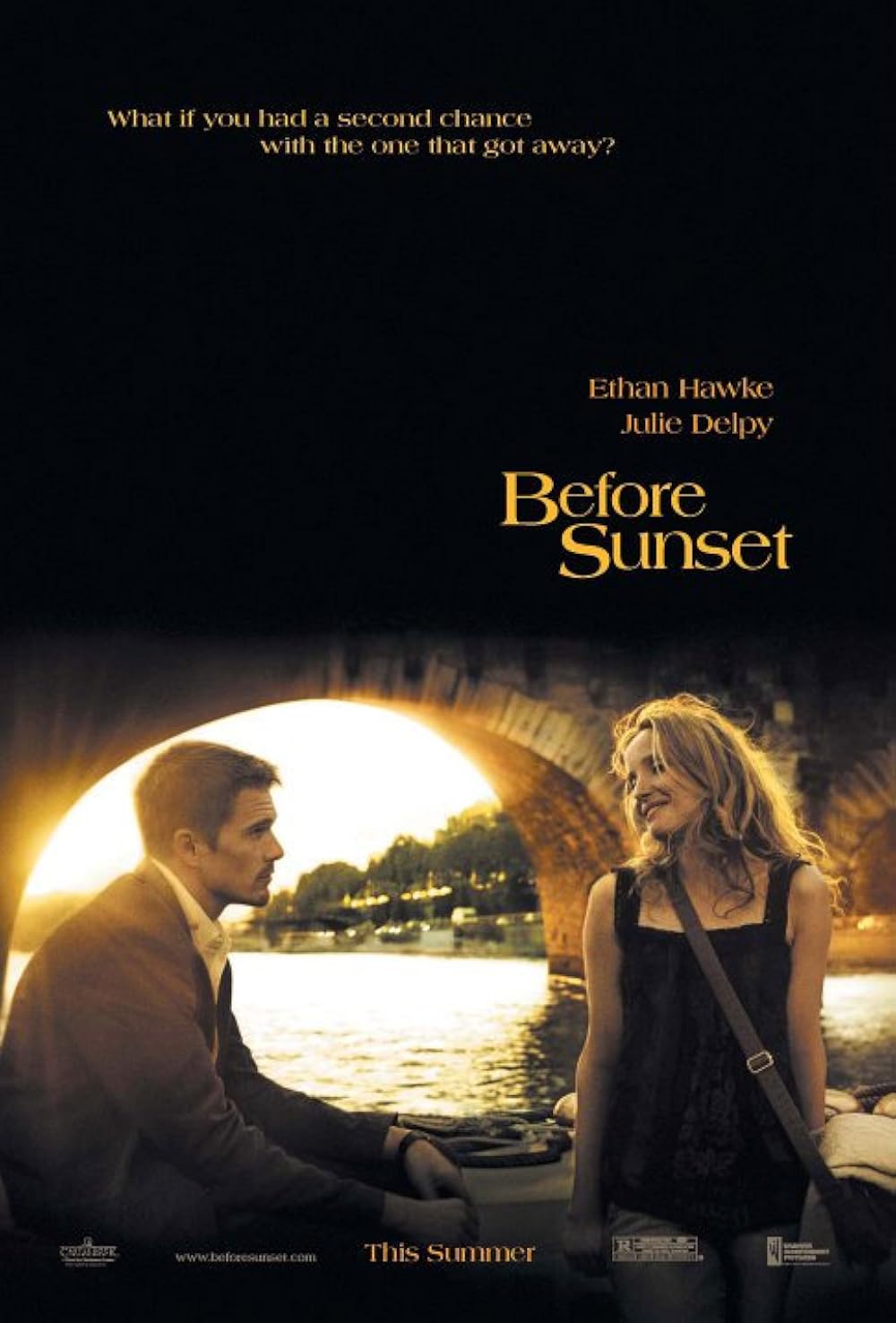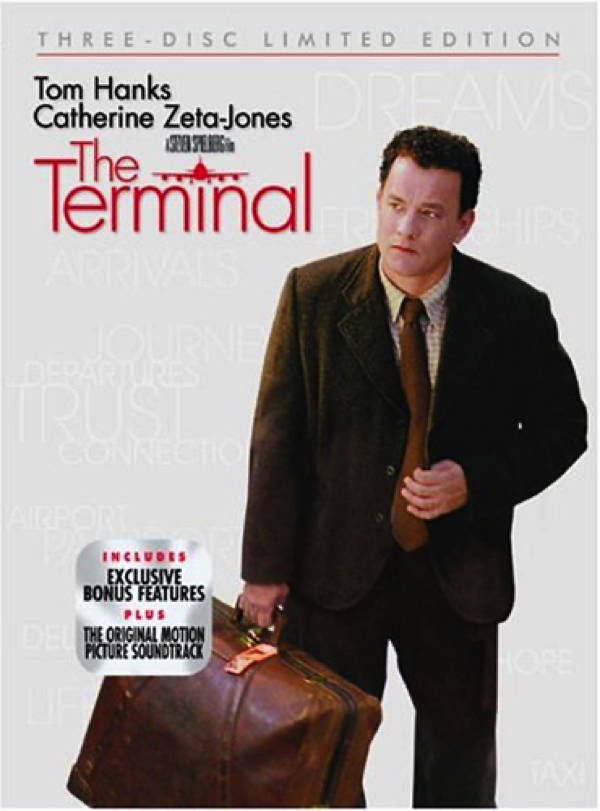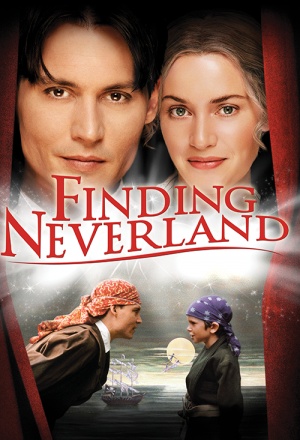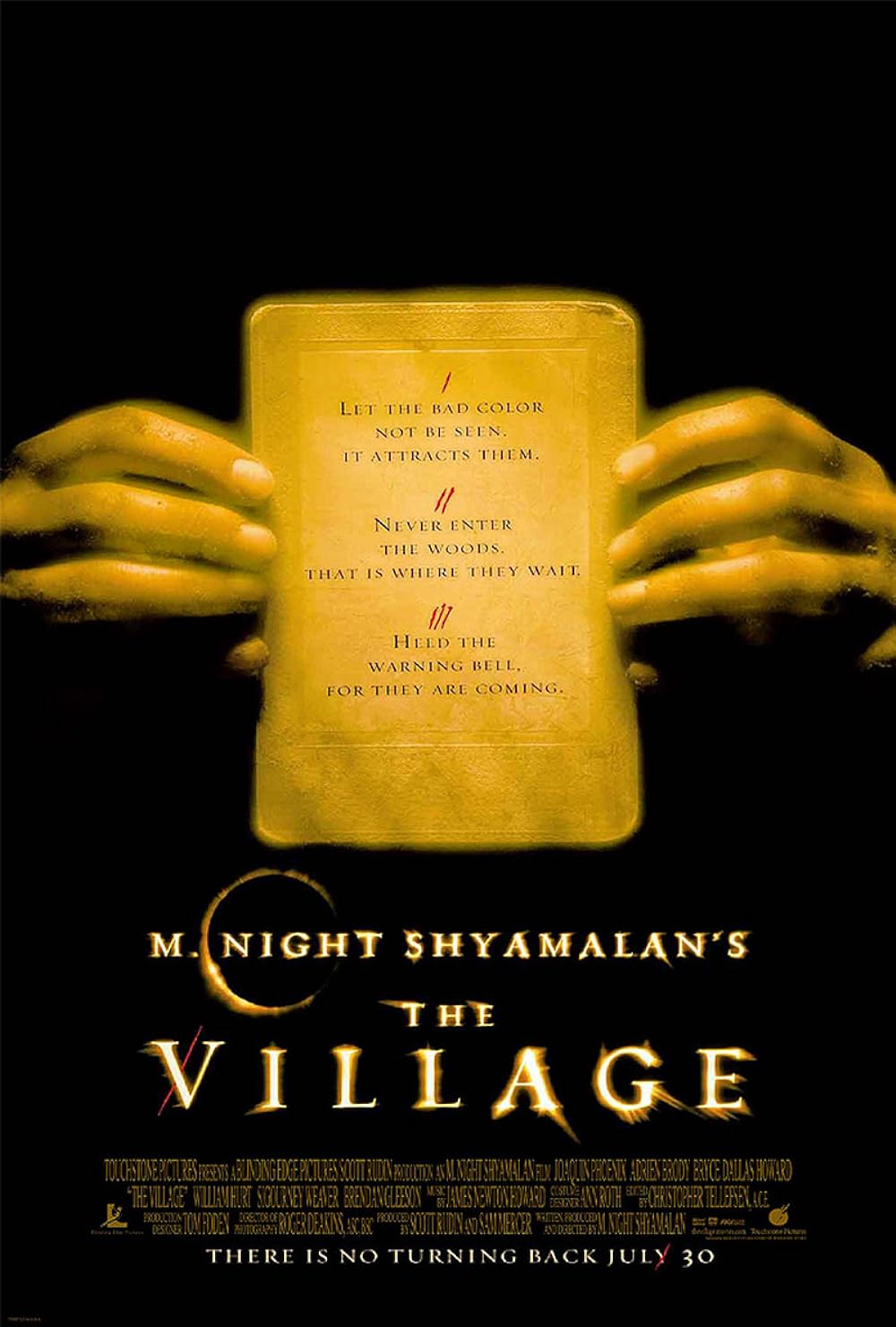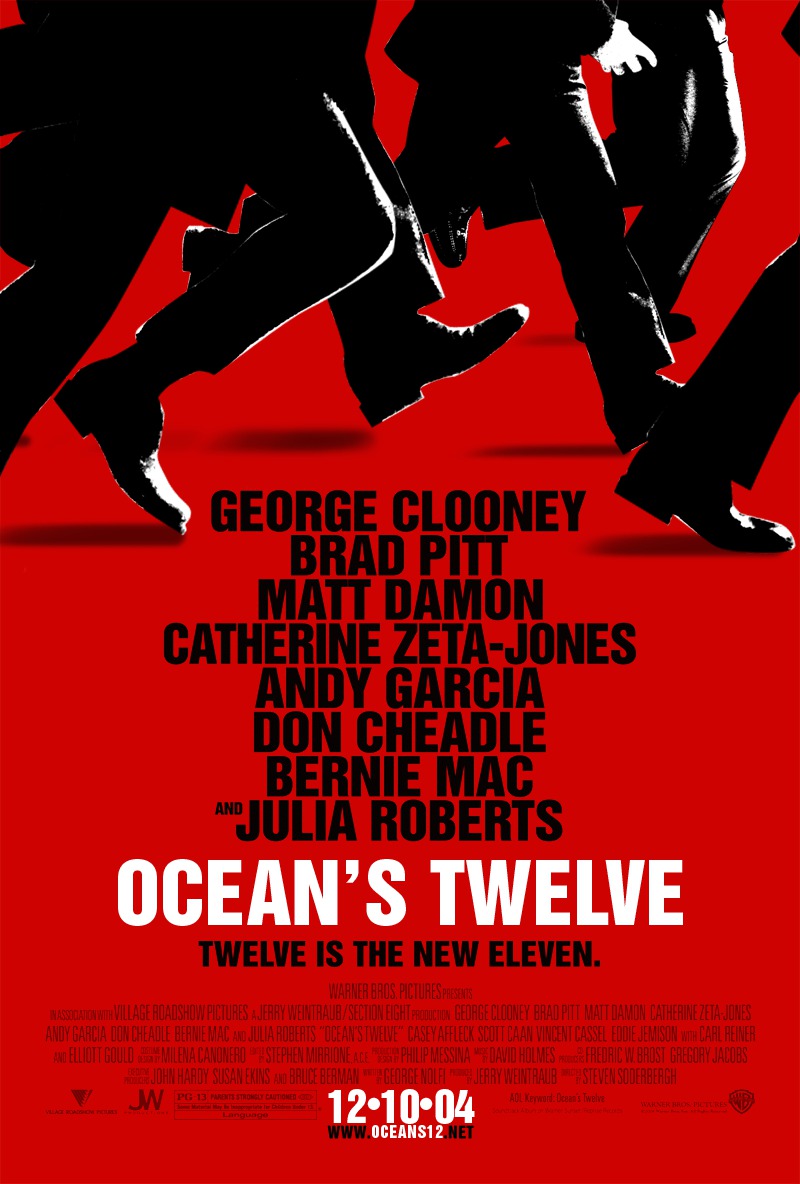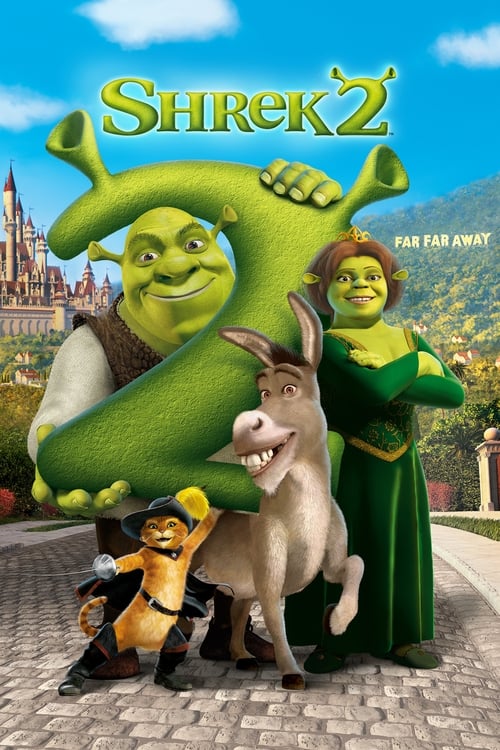Introduction
“The Pianist,” directed by Roman Polanski and released in 2002, is a harrowing and poignant film based on the autobiography of Władysław Szpilman, a Polish-Jewish pianist and composer who survived the Holocaust. The film stars Adrien Brody in the titular role, delivering a performance that earned him an Academy Award for Best Actor. Polanski’s direction, combined with the powerful screenplay by Ronald Harwood, creates a visceral and moving depiction of one man’s struggle to survive amidst the atrocities of World War II. “The Pianist” is not only a testament to the resilience of the human spirit but also a stark reminder of the horrors of the Holocaust.
Plot Summary
The film begins in Warsaw, Poland, in 1939, just before the German invasion. Władysław Szpilman, a renowned pianist, is performing live on Polish radio when the city is bombed. As the Germans occupy Poland, Szpilman and his family, like all Jews, are subjected to increasingly oppressive restrictions. They are forced to wear armbands with the Star of David, forbidden from public places, and eventually relocated to the Warsaw Ghetto.
Life in the ghetto is brutal, with rampant disease, starvation, and the constant threat of violence from German soldiers. Szpilman and his family endure these hardships, but their situation worsens when the Germans begin deporting Jews to concentration camps. In a heart-wrenching scene, Szpilman is separated from his family, who are sent to their deaths at Treblinka. Left alone, he narrowly escapes deportation with the help of a friend in the Jewish Ghetto Police.
Szpilman spends the next several years hiding in various locations around Warsaw, enduring unimaginable hardship and close encounters with death. He is aided by several courageous individuals, including a former neighbor and members of the Polish resistance. During his time in hiding, he witnesses the Warsaw Ghetto Uprising and the subsequent destruction of the ghetto. His situation becomes increasingly dire as the war drags on, and he is eventually reduced to scavenging for food in the ruins of the city.
In the final stages of the war, Szpilman is discovered by a German officer, Captain Wilm Hosenfeld (Thomas Kretschmann). Instead of turning him in, Hosenfeld is moved by Szpilman’s plight and his talent as a pianist. He provides Szpilman with food and a place to hide until the war ends. With the arrival of Soviet forces in Warsaw, Szpilman is finally liberated. The film concludes with Szpilman resuming his career as a pianist, performing once again on Polish radio.
Historical and Social Context
“The Pianist” is set against the backdrop of World War II and the Holocaust, one of the darkest chapters in human history. The Nazi occupation of Poland and the systematic extermination of Jews form the core historical context of the film. The Warsaw Ghetto, established by the Nazis in 1940, was the largest of its kind in Europe, confining over 400,000 Jews in inhumane conditions.
The film faithfully depicts the harsh realities of life in the ghetto, the brutal deportations, and the Warsaw Ghetto Uprising of 1943. The uprising was a desperate and ultimately doomed act of resistance by the ghetto’s inhabitants against their oppressors. “The Pianist” also portrays the broader context of the war, including the devastation of Warsaw and the eventual liberation by Soviet forces.
Roman Polanski, himself a Holocaust survivor, brings a personal and deeply emotional perspective to the film. His own experiences during the war, having lost his mother in Auschwitz and survived the Kraków Ghetto, inform the film’s authenticity and emotional depth.
Themes and Analysis
- Survival and Resilience
At its core, “The Pianist” is a story of survival. Szpilman’s journey from a celebrated pianist to a starving, desperate fugitive is a testament to the resilience of the human spirit. Despite the overwhelming odds, he endures, driven by the hope of survival and the possibility of reclaiming his life and art. The film portrays the physical and psychological toll of his struggle, highlighting his ingenuity, resourcefulness, and sheer will to live.
- The Horrors of War
“The Pianist” does not shy away from depicting the brutal realities of war. The atrocities committed by the Nazis, the inhumane conditions in the ghetto, and the widespread destruction of Warsaw are portrayed with stark realism. The film serves as a powerful reminder of the horrors of the Holocaust and the devastating impact of war on individuals and communities.
- The Power of Music
Music is a central theme in “The Pianist.” Szpilman’s talent as a pianist is not only a source of personal identity and pride but also a means of survival. His ability to play the piano touches the hearts of those who help him, including Captain Hosenfeld, and becomes a symbol of hope and humanity amidst the brutality. The film underscores the transformative and redemptive power of art, even in the darkest of times.
- Compassion and Humanity
The film also explores the theme of compassion and humanity. Throughout his ordeal, Szpilman encounters individuals who risk their lives to help him. These acts of kindness, often motivated by a shared sense of humanity, stand in stark contrast to the cruelty of the Nazis. Captain Hosenfeld’s decision to help Szpilman is a poignant example of how compassion can transcend the barriers of war and prejudice.
Cinematic Techniques
Roman Polanski’s direction in “The Pianist” is masterful, marked by a meticulous attention to detail and a deep emotional resonance. The film’s visual style, characterized by its realistic and unflinching portrayal of wartime Warsaw, immerses the audience in Szpilman’s world. The use of muted colors and stark lighting enhances the bleakness of the setting, while the handheld camera work adds an immediacy and intimacy to the narrative.
The film’s production design, led by Allan Starski, and the cinematography by Paweł Edelman, create an authentic and immersive depiction of the period. The ruins of Warsaw, the cramped and squalid conditions of the ghetto, and the opulent but empty spaces Szpilman hides in are all rendered with striking realism.
The soundtrack, featuring compositions by Frédéric Chopin, underscores the emotional journey of the protagonist. The music, performed by Polish pianist Janusz Olejniczak, serves as a poignant counterpoint to the grim visuals, highlighting the enduring beauty of Szpilman’s art amidst the devastation.
Performances
Adrien Brody’s portrayal of Władysław Szpilman is a tour de force, capturing the character’s vulnerability, desperation, and resilience. Brody’s physical transformation, coupled with his nuanced and deeply empathetic performance, brings Szpilman’s story to life with authenticity and emotional depth. His performance earned him an Academy Award for Best Actor, making him the youngest actor to win in that category at the time.
The supporting cast also delivers strong performances. Thomas Kretschmann as Captain Hosenfeld brings a complex humanity to his role, portraying a man caught between his duty as a soldier and his compassion for Szpilman. Frank Finlay and Maureen Lipman, as Szpilman’s parents, and Emilia Fox, as Dorota, a family friend, add further emotional weight to the story.
Cultural Impact and Legacy
“The Pianist” received widespread critical acclaim and won numerous awards, including the Palme d’Or at the Cannes Film Festival, three Academy Awards (Best Director, Best Actor, and Best Adapted Screenplay), and seven César Awards, including Best Film. Its success brought renewed attention to the story of Władysław Szpilman and the broader history of the Holocaust.
The film has been praised for its historical accuracy and emotional authenticity. It has been used as an educational tool to teach about the Holocaust and the experiences of Jews during World War II. Polanski’s personal connection to the material adds an additional layer of significance, making “The Pianist” a deeply personal and profoundly impactful film.
“The Pianist” also stands as a testament to the power of cinema to convey complex and challenging historical narratives. Its portrayal of resilience, humanity, and the enduring power of art resonates with audiences around the world, ensuring its place as a classic of contemporary cinema.
Conclusion
“The Pianist” is a powerful and moving film that combines masterful direction, a compelling narrative, and outstanding performances to tell the harrowing story of Władysław Szpilman’s survival during the Holocaust. Directed by Roman Polanski, the film is a testament to the resilience of the human spirit and the enduring power of music and art. Its unflinching portrayal of the horrors of war and the compassion that can emerge even in the darkest of times makes it a poignant and unforgettable cinematic experience. “The Pianist” remains a seminal work that continues to resonate with audiences and serves as a powerful reminder of the atrocities of the Holocaust and the enduring strength of the human spirit.
